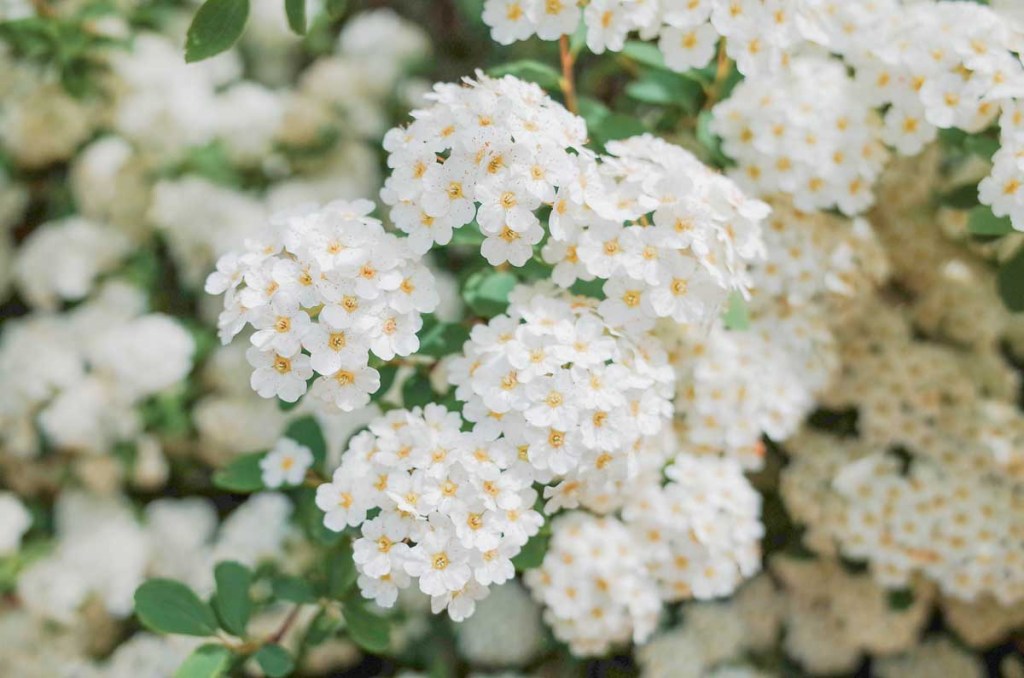Avoid invasive species when planting this spring
Published 7:00 am Saturday, April 29, 2023

- When Alabamaians think of invasives, they may name kudzu or tallowtree, but there are even more species to be on the look out for, including Callery or ‘Bradford’ pear. Courtesy photo
While hardy plants that grow quickly sounds appealing, the Alabama Cooperative Extension office is warning planters to be wary of accidentally introducing invasive species to home gardens across the state.
Nancy Loewenstein, an Alabama Cooperative Extension System specialist, said invasive species are non-native plants that are competitive growers, easily seeding plants and plants that establish themselves quickly.
Trending
So, what’s the danger in plants that are easy to spread? Put simply, according to Loewenstein, it can damage local ecosystems.
“As an example, non-native plants support far fewer caterpillars and other insects that songbirds depend on to rear their young,” Loewenstein said.
Invasives displace native species. This means the species replaces native plants, therefore displacing native animals, insects and soil microbes that depend on the native species.
They can also impact water, nutrients, fire cycles, wildlife habitats, outdoor recreation, aesthetics, natural resource management and productivity.
When Alabamaians think of invasives, they may name kudzu or tallowtree, but there are even more species to be on the look out for. Common invasive species are Chinese privet, Callery or ‘Bradford’ pear, Chinaberry, non-native wisterias, Mimosa or silktree, Leatherleaf Mahonia, thorny olive or silverthorn,
Nandina or Heavenly bamboo and Chinese or lacebark elm.
According to the Extension Office, these non-natives are showing signs of becoming invasive or are already established invaders: non-native yams, five-leaf akebia, English ivy, Japanese climbing fern, Japanese honeysuckle, Periwinkle Vinca major and V. minor, winter creeper, autumn olive, bush honeysuckle, Multiflora rose, trifoliate orange, Chinese parasoltree, paper mulberry, Princesstree, tungoil tree, tree-of-heaven and Chinese silvergrass.
If you have discovered these invasive species in your home garden, the Extension Office recommends removing the plants as thoroughly as possible and replace the plants with native species.
“Herbicides can control many species, but care must be taken to avoid damaging desirable species,” Loewenstein said. “Make sure to read the herbicide labels to ensure proper use. In all cases, it’s easier to control invasive plants when there are only a few of them rather than after the infestation becomes large and daunting.”


